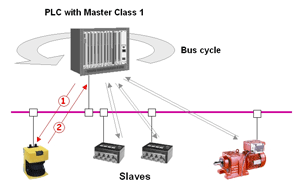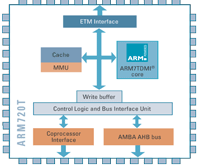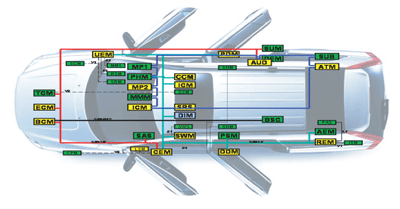 The Industrial Electronics Society has a proud record to be one of the first IEEE Societies to report on industrial automation applications of microprocessor technology in the early years of 1980s. Since then, the evolution of the semiconductor technology, accelerated by rapid advances in the design, testing, and fabrication, coupled with major advances in software engineering grown on solid scientific foundations, have been some of the decisive factors in transforming industrial automated systems and plants into distributed and autonomous integrated enterprises.
The Industrial Electronics Society has a proud record to be one of the first IEEE Societies to report on industrial automation applications of microprocessor technology in the early years of 1980s. Since then, the evolution of the semiconductor technology, accelerated by rapid advances in the design, testing, and fabrication, coupled with major advances in software engineering grown on solid scientific foundations, have been some of the decisive factors in transforming industrial automated systems and plants into distributed and autonomous integrated enterprises.
The controllers used with field devices such as sensors and actuators provide, typically, on-chip signal conversion, data and signal processing, and communication functions. The increased functionality, processing and communication capabilities of controllers have been largely instrumental in the emergence of a wide-spread trend for networking of field devices around specialized networks, frequently referred to as field area networks. In general, the benefits of using those specialized networks are numerous, including increased flexibility attained through combination of embedded hardware and software, improved system performance, and ease of system installation, upgrade, and maintenance.
 Although the use of wireline based field area networks is dominant, the wireless technology offers a range of incentives in a number of application areas. In industrial automation, for instance, wireless device (sensor/actuator) networks can provide a support for mobile operation required in case of mobile robots, monitoring and control of equipment in hazardous and difficult to access environments, etc.
Although the use of wireline based field area networks is dominant, the wireless technology offers a range of incentives in a number of application areas. In industrial automation, for instance, wireless device (sensor/actuator) networks can provide a support for mobile operation required in case of mobile robots, monitoring and control of equipment in hazardous and difficult to access environments, etc.
Ethernet, the backbone technology for office networks, is increasingly being adopted for communication in factories and plants at the fieldbus level. The random and native CSMA/CD arbitration mechanism is being replaced by other solutions allowing for deterministic behavior required in real-time communication to support soft and hard real-time deadlines, time synchronization of activities required to control drives, for instance, and for exchange of small data records characteristic of monitoring and control actions. The direct support for the Internet technologies allows for vertical integration of various levels of industrial enterprise hierarchy to include seamless integration between automation and business logistic levels to exchange jobs and production (process) data; transparent data interfaces for all stages of the plant life cycle; the Internet- and web-enabled remote diagnostics and maintenance, as well as electronic orders and transactions.
 With the growing trend for networking of industrial automated system and their internetworking with LAN, WAN, and the Internet (for instance, there is a growing demand for remote access to process data at the factory floor - assisted by embedded web servers), many of those systems may become exposed to potential security attacks, which may compromise their integrity and cause damage as a result.
With the growing trend for networking of industrial automated system and their internetworking with LAN, WAN, and the Internet (for instance, there is a growing demand for remote access to process data at the factory floor - assisted by embedded web servers), many of those systems may become exposed to potential security attacks, which may compromise their integrity and cause damage as a result.
The automation is not confined to factory or plant processes, but involves the industrial building complexes and their electric and power systems, vehicles, etc.
This is a small sample of the trends in industrial and factory automation, and, in this context, an outline, although limited, of the scope of the activities of the Technical Committee on Factory Automation, which has been an integral part of the IES activities since 1980s.
This Committee was established by decision of the IES AdCom, at the meeting on March 9, 2005, in Atlanta. For more information on the Committee activities, announcements of new initiatives, and background reading material on the various facets of industrial and factory automation and technologies, please visit our pages.